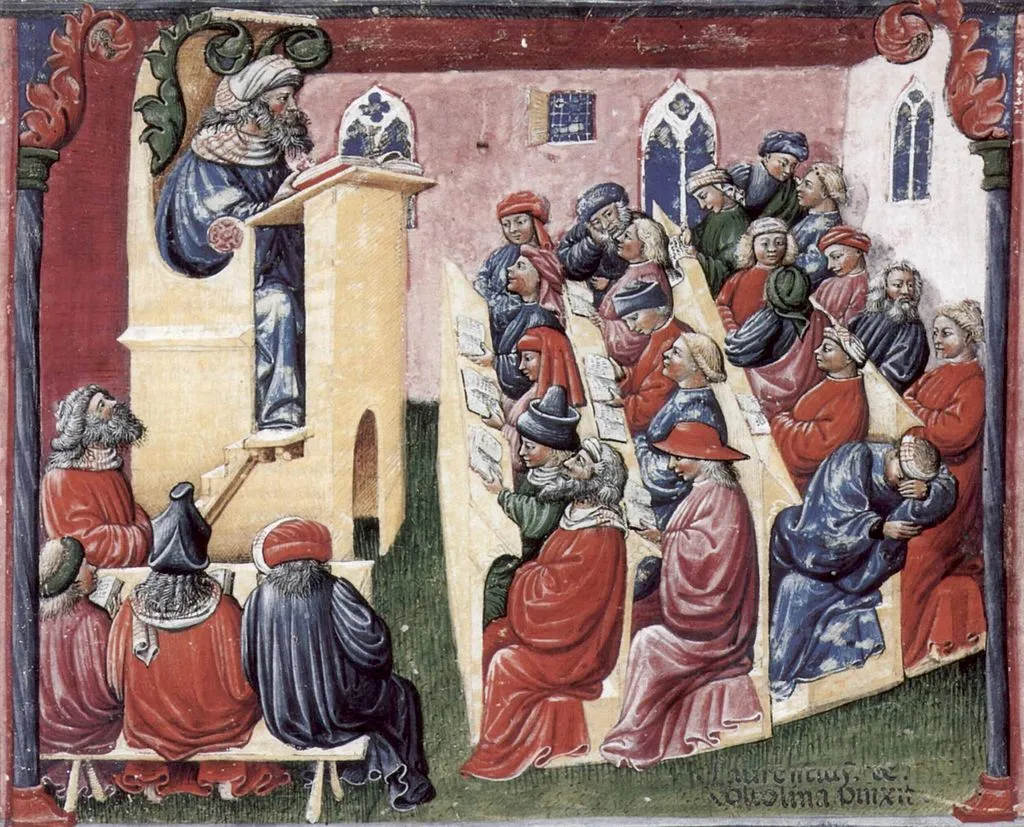448 Studio has had the pleasure of working alongside Simon Katan over the past 18 months on our Scottish Enterprise SMART grant.
The university lecture is in trouble. In educational circles it has long been criticised as a passive, unengaging, and inefficient mechanism for learning. While lecturers are encouraged to ditch their role as ‘sage on the stage’ in favour of a more student-centred ‘guide on the side,’ the impracticalities of inflexible lecture theatres and increasingly massive student cohorts frustrate such efforts. Over the past decade, as accessible video content has proliferated through the likes of Coursera and YouTube, and universities have increasingly adopted blended learning models, the lectures’ position as the primary portal for accessing expert knowledge has been challenged. Most recently, the flexibility and convenience of online teaching during the pandemic has disrupted principles of compulsory attendance resulting in significant declines. Given all of this, it would be fair to ask: How much longer can the lecture survive?

And yet this 800 year old form prevails. According to recent reports by JISC and Unite, lectures remain the most common and most popular form of teaching within the university. This is in part because of the key social need that they fulfil. In bringing whole cohorts together in a single time and place, lectures offer the greatest opportunity for students to forge new social connections. In a context where 26% of students report feeling lonely often or all the time, one can appreciate the appeal. And, despite aforementioned pedagogical critiques, lecturing itself is appealing. In our own research students made frequent positive references to lecturers’ ‘passion’ and ‘expertise’. Indeed, it is a rare skill by which the seasoned lecturer can combine, deconstruct and summarise numerous texts, plotting paths through complex topics, and animating them through authorial performance.
Lectures provide the arena for this activity, bonding lecturer and students together in a conversational relationship with the knowledge being conveyed. At their best they etch unique shared experiences into student memories. This event-like quality of the lecture perhaps explains why it continues to be valued by students as the authentic university experience. At a time when the degree’s value proposition is increasingly under threat both from online education and University alternatives such as Multiverse, the lecture offers a unique selling point for University education.
At 448 Studio we’ve declared it our mission to ‘Save the Lecture’. For us this means adapting the lecture by developing a technological intervention. It’s an approach which makes sense to us as from the advent of the printing press in the 15th century to the development of projection and recording technologies in the 20th, the history of the lecture is deeply entwined with advancements in media technologies; now with Powerpoints, VLEs, and WhatsApp groups, the contemporary lecture is no exception. The current challenges it faces stem from recent technological advancements, but the existing technologies which support lectures are either antiquated or not designed for purpose. How must VLE forums appear to learners who have grown up on TikTok and Instagram ? What more could presentation software do if it was specifically designed for HE Instructors and their learners ? A field as large as higher education surely deserves software designed specifically to meet its needs.
With a light touch framework of self-regulation and in the absence of compulsory training, the practice of lecturing is both diverse and disparate, with little opportunity for good practice to be passed amongst lecturers. Through employing user centred design processes, software purpose-built for lectures might within its affordances and constraints encapsulate and disseminate good practice - a sort of shared repository for the experiences of whole populations of instructors and learners. For example, when a teacher uses the popular platform Kahoot, not only do they gain a more convenient means for running a classroom quiz, they also tap into countless often subtle design decisions arrived at through years of iteration and user feedback: the character limits to questions and answers, the timer durations, the scoring mechanic, and of course the music. The resulting software supports teachers in delivering an experience which is reliably coherent and engaging for learners whilst giving them vital feedback about their progression. In this way educational technology acts as a means of spreading successful teaching strategies which is more effective and organic than training, books, or guidelines.
Through their SMART grants, Scottish Enterprise have given us a unique opportunity to work on this problem. Over the past year and a half we’ve conducted research into the current state of the lecture, not only producing a comprehensive report but also working on developing a functional prototype application to address many of the problems which our research uncovered.
If you’d like to find out what we’ve been up to or would like a copy of our 40 page report on the state of the lecture drop us an email at hello@448.studio. This report reviews the most current thinking from JISC, HESA, UNITE and HEPI, along with feedback from over 50 instructor interviews and 159 learner survey results from 80 UK higher education institutions.